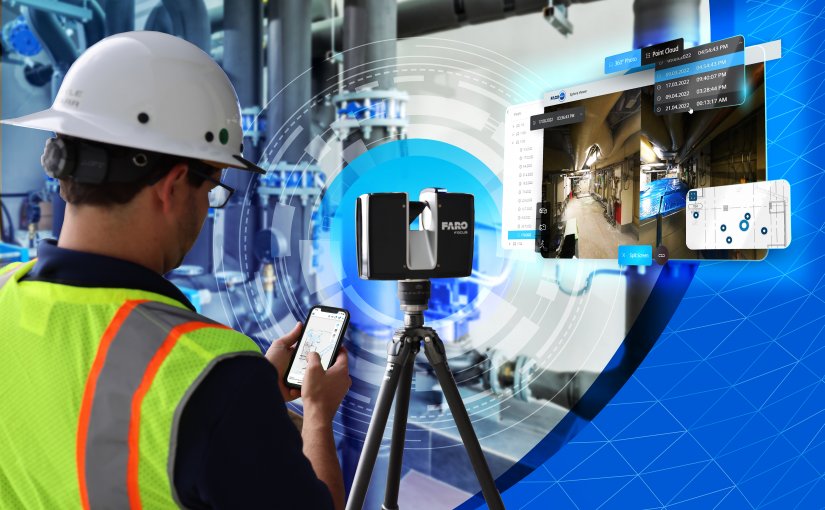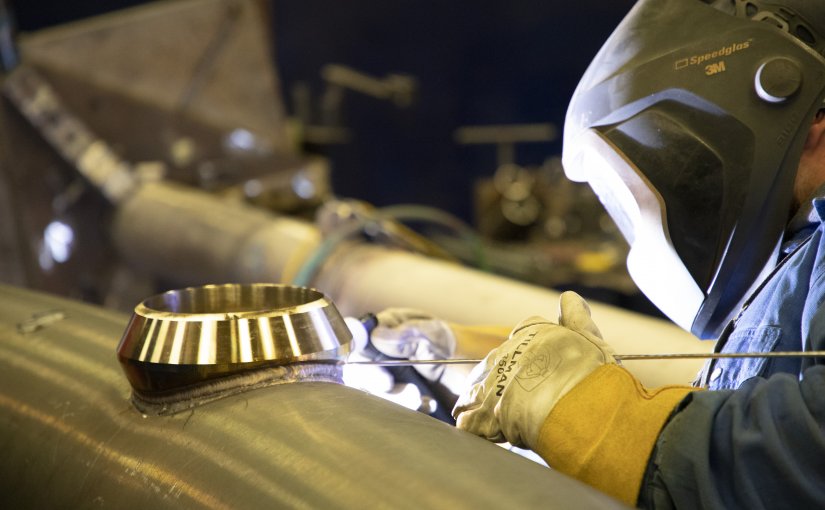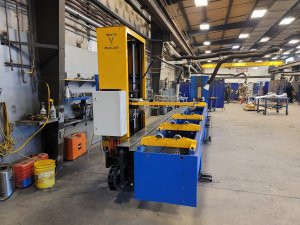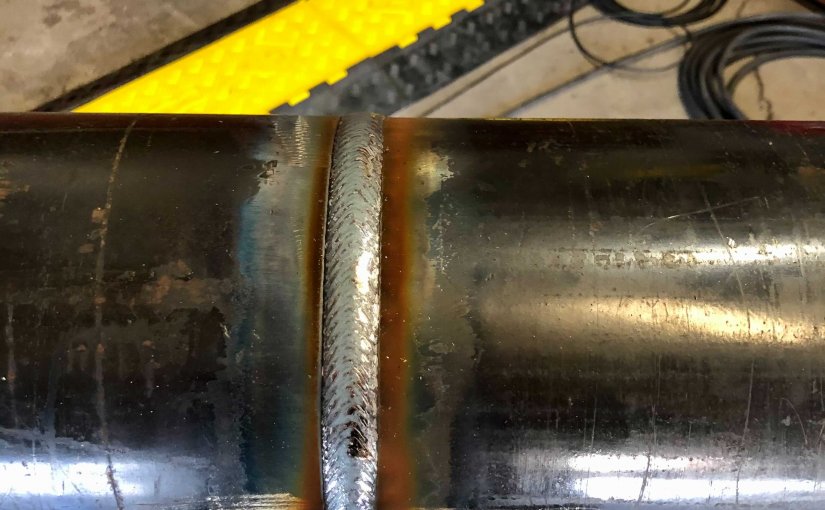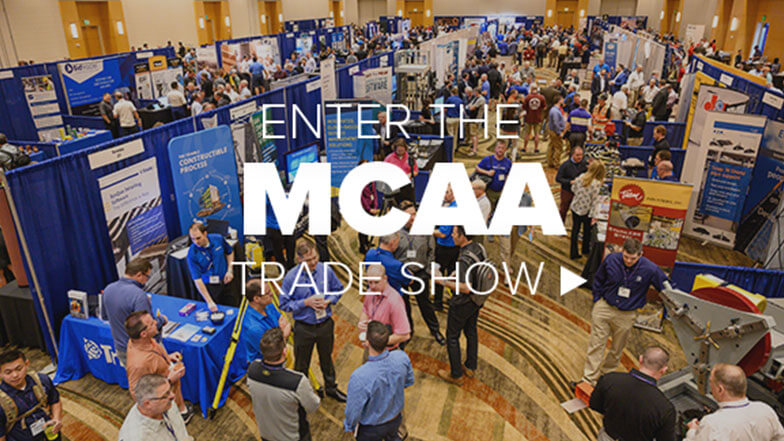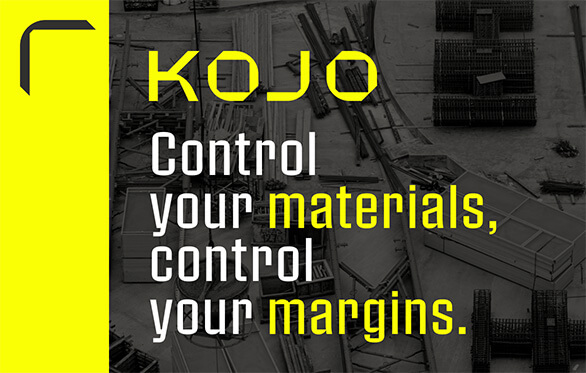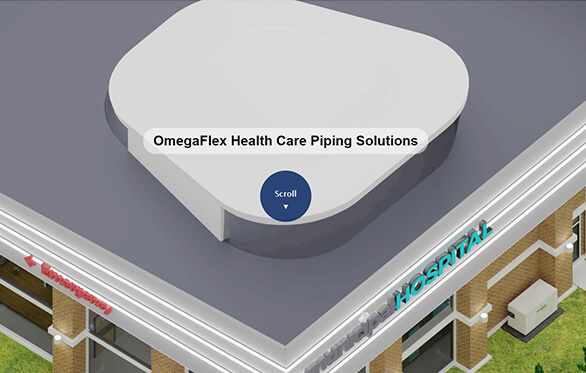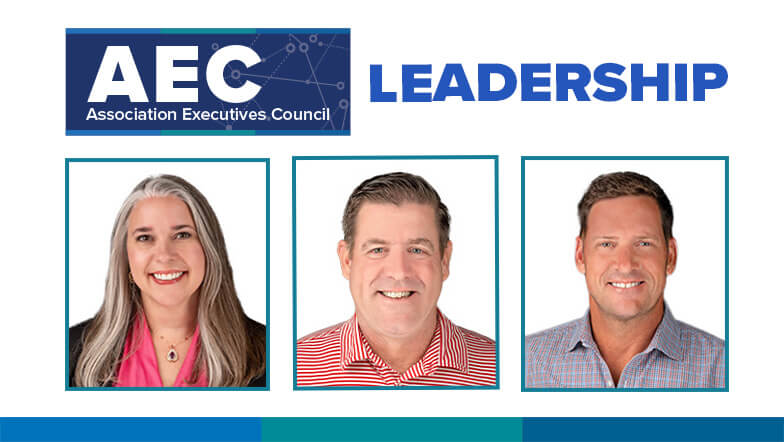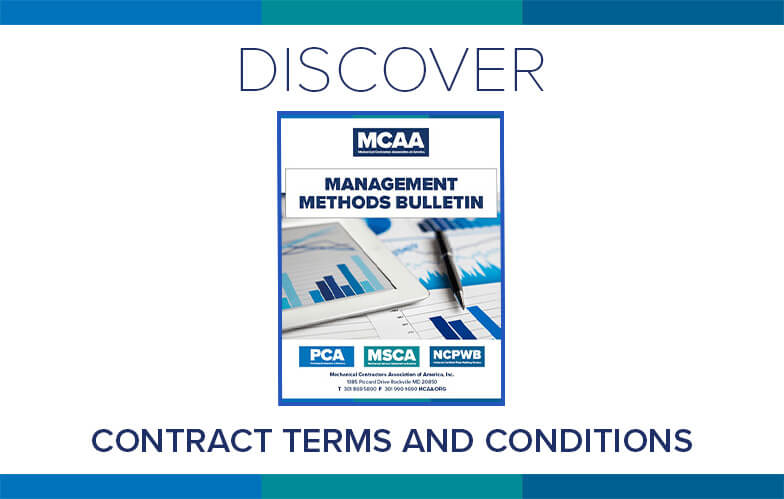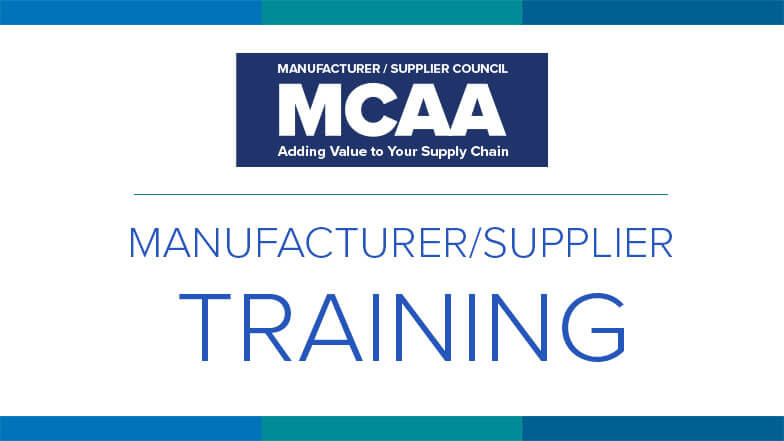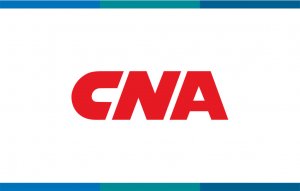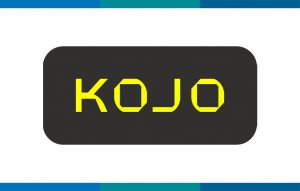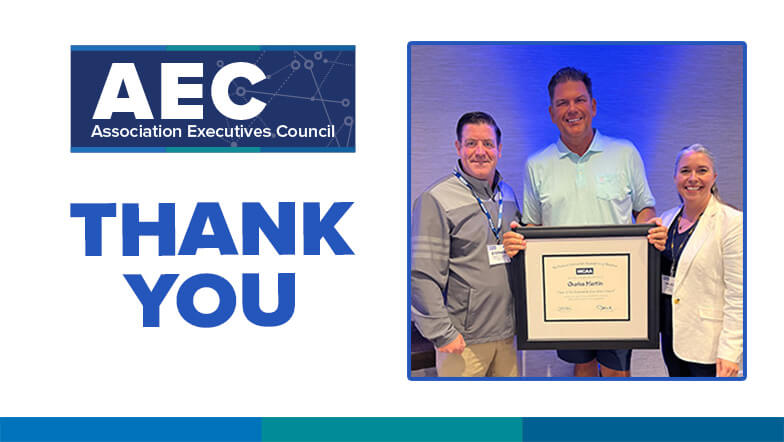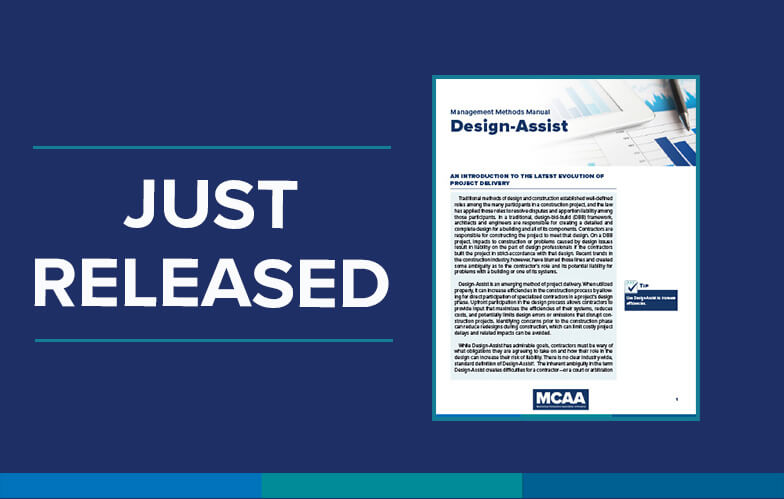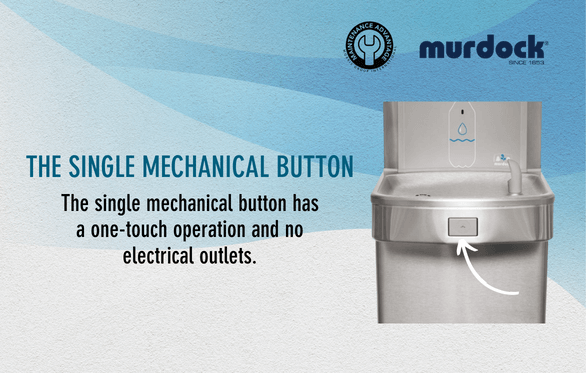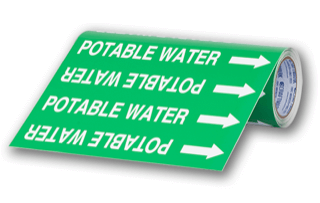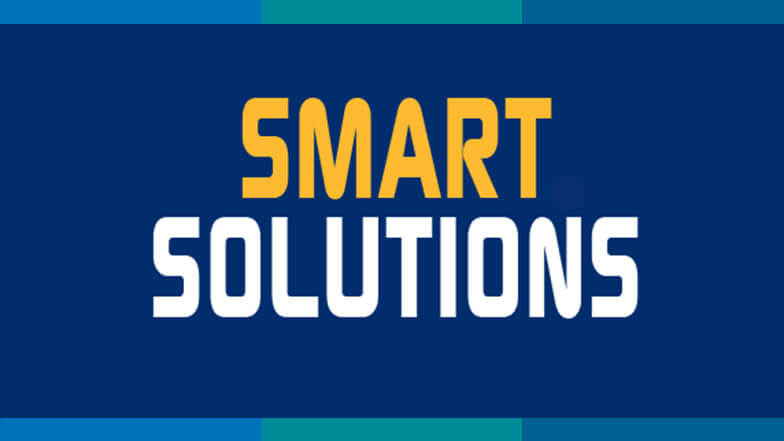Fostering a Learning Organization to Avoid Human Error and Accidents
Adapted from materials provided by Frantz Belot, Ph.D., Co-Founder, Tyfoom
Human error is often misinterpreted as solely a human issue. However, it predominantly arises from system flaws within organizations. We inadvertently create systems that tolerate poor processes for the sake of rewarding outcomes, leading to constraints and errors. To effectively prevent and mitigate human error, it is crucial to shift our focus towards understanding the systemic factors at play.
Identifying Root Causes
Traditionally, human error has been labeled as the root cause of incidents and accidents. However, this perspective oversimplifies the issue. Human error should be viewed as a result of flawed organizational systems rather than an isolated failing of individuals. Errors can be caused by various factors, such as the following:
- Inadequate training
- Unclear procedures
- Inadequate supervision
- Ineffective communication
When organizations solely focus on blaming individuals, they miss the opportunity to address the underlying causes and prevent future errors through targeted interventions and system improvements.
Systemic Analysis
Adopting a systemic analysis approach allows organizations to delve deeper into the factors that influence human behavior and contribute to errors. This analysis involves examining the organizational culture, leadership practices, communication channels, training programs, and work processes. By thoroughly understanding these elements, organizations can identify potential weaknesses in their systems and make targeted improvements to prevent errors.
People do things that make sense to them at the time given other constraints and priorities. Investigation should ask why employees thought they were doing the right thing or why their actions made sense to them at the time.
Creating a Learning Organization
Building a learning organization is a key aspect of addressing human error and promoting safety. A learning organization encourages a proactive approach to safety, where employees are empowered to improve their skills and knowledge continuously. It fosters a culture of open communication, where reporting errors and near-misses is encouraged without fear of blame or punishment. This approach enables organizations to learn from incidents and implement preventive measures.
One of the pillars of a learning organization is effective training programs. Organizations can use video-based microlearning courses to provide employees with accessible and engaging learning experiences. Companies like Tyfoom offer short, focused content that can be easily understood and retained. By delivering training in bite-sized formats, organizations can ensure that employees have the knowledge and skills necessary to navigate complex systems and make informed decisions that prioritize safety.
See a sample microlearning video from Tyfoom.
Tyfoom’s platform enables employees to create their own videos to share their best practices with their peers—the ultimate expression of a learning organization. Microlearning courses are designed to be easily accessible to employees at their convenience, allowing for learning during short breaks or downtime. These modules can be accessed whenever employees encounter specific tasks or situations, promoting just-in-time learning and reducing errors caused by knowledge gaps.
See the sidebar, MCAA Partners With Tyfoom, to learn about MCAA member access to select Tyfoom educational materials and products.
The Power of a Learning Culture
A learning culture encourages employees to embrace a mindset of continuous learning and development, which in turn leads to better decision-making, increased efficiency, and reduced human error. Employees are empowered to share knowledge, learn from mistakes, and actively contribute to improving systems and processes. This collaborative and innovative environment nurtures engagement, motivation, and a sense of ownership among employees, ultimately creating a safer and more productive workplace.
A deep dive on this topic is available here.
Learning cultures thrive on continuous improvement and feedback loops to identify system weaknesses and implement corrective actions promptly. Organizations should establish mechanisms for employees to provide feedback, report concerns, and suggest improvements. A strong learning culture also builds a safety culture that not only protects employees from harm but also enhances productivity, reduces costs associated with incidents, and improves overall organizational performance.
Let’s embrace a systemic perspective, unlock the potential of our systems, and cultivate a learning culture that prioritizes safety and optimal outcomes.
For more information, visit www.tyfoom.com.
Sidebar: MCAA Partners With Tyfoom
Tyfoom offers MCAA members access to select MCAA-produced training and education material and products via Tyfoom’s video-based microlearning format. With Tyfoom’s advanced training capabilities and MCAA’s safety training content, members can stay competitive and keep their employees safe. MCAA safety training content will be rolled out throughout the second and third quarter of 2023. New users may sign up at www.tyfoom.com/signup.

